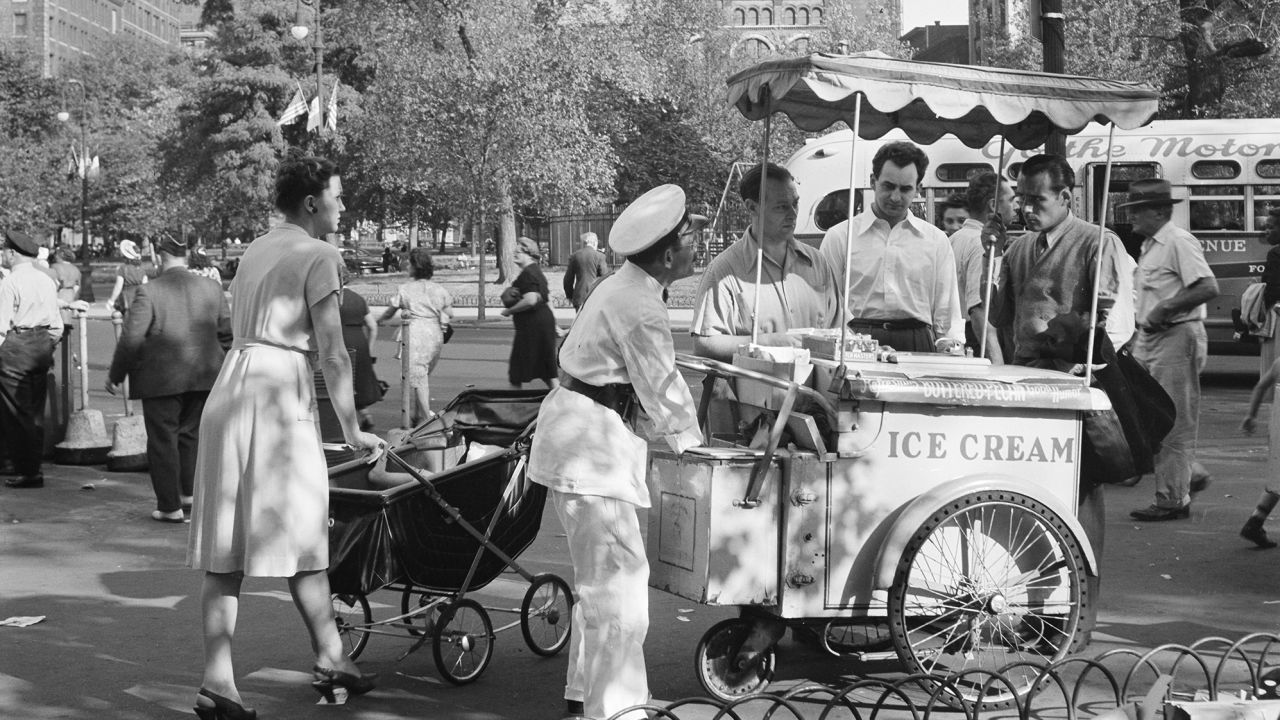How America fell out of love with ice cream

America’s age-old love affair with ice cream appears to be winding down.
Consumption of regular dairy ice cream, which does not include frozen yogurt, sherbet or non- and low-fat ice creams, has been falling for years, according to the US Department of Agriculture.
In 1986, the average American ate 18 pounds of regular ice cream, according to the USDA. By 2021, the most recent year of the data, that was down a third to just 12 pounds per person.
For years, ice cream was more than a frozen dessert: It was a lifeline for American brewers during Prohibition and a means to boost morale among troops during World War II. By the 1950s, the sweet, creamy treat had become an American treasure.
But like full-fat milk, soda, red meat and other former heroes of the American diet, ice cream has been scrutinized for its impact on health and the environment. After peaking in the 1940s, per capita availability of regular ice cream started to decline in the 1990s and through the 2000s as health-conscious consumers — including a member of the Baskin Robbins family — turned on the sugary, fatty food, or started treating it as an occasional, pricey treat.
